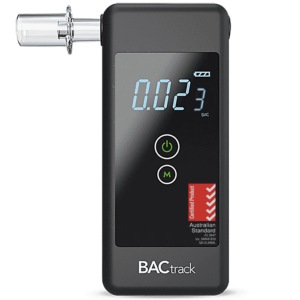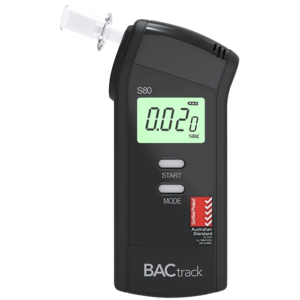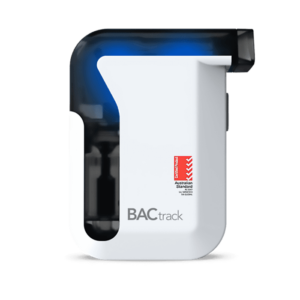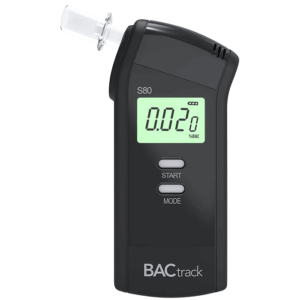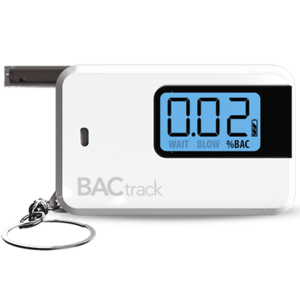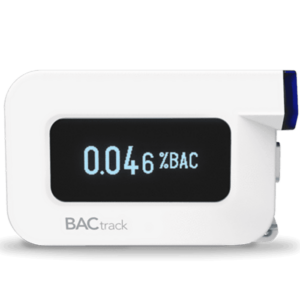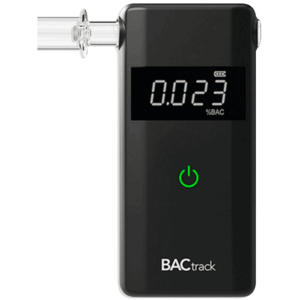Alcohol Drug Screening: What It Is and the Screening Methods
27 February, 2024

Alcohol and drug screening is a process of testing biological specimens for the presence of illicit substances. It aims to identify individuals who are under the influence of illegal drugs or alcohol. There are various methods to screen for substance use, such as urine, saliva, and breath testing. In addition, the implementation of these tests is prominent in roadside screenings, workplaces, rehabilitation centres, and legal settings. Thus, it helps to manage safety risks brought about by substance impairment.
Excessive alcohol consumption and drug use have many negative consequences. It impacts personal health and can compromise the safety of the immediate surroundings. Long-term use can also permanently affect the mental and physical abilities of the person. In this regard, drug and alcohol testing plays a significant role in preventing and addressing substance abuse issues. This article will provide an overview of drug and alcohol screening, the various methods, and the implications of the results.
What is Alcohol and Drug Screening?
Alcohol and drug screening is a standard process used in various settings. It involves collecting and analysing biological samples to detect illegal drugs or alcohol biomarkers. The presence of these substances can indicate recent use or impairment. It can also provide valuable information if a person has a substance use disorder and needs further evaluation.
The screening process typically uses portable drug test kits, which can yield rapid results. Additionally, these testing devices utilise immunoassay to detect drug compounds quickly. The immunoassay technique involves the use of antibodies that produce a visible chemical reaction when they interact with specified substances in the sample. The test can indicate a positive and non-negative result within seconds, allowing individuals, employers, or officers to make immediate decisions.
Aside from using instant testing kits, laboratory testing is also another option. This involves going to a clinic or medical facility to undergo the procedure. However, it uses more sophisticated equipment and analysis techniques to detect and measure the actual level of drugs. Moreover, it can also take a longer time to produce the results.
Importance
- In the workplace, testing for alcohol and drugs helps identify employees who are impaired while working. This helps reduce the risk of accidents and injuries.
- Identify individuals who may have drug and alcohol abuse and offer intervention or connect them with resources for treatment.
- In healthcare, alcohol and drug testing can help health professionals identify patients who may be at risk due to substance abuse. This can lead to better treatment outcomes and prevent further health complications.
- In roadside testing, it can determine if individuals are under the influence of substances while driving.
- In probation, screening can ensure compliance with court-mandated sobriety requirements.

Types of Alcohol and Drug Screening Methods
There are different types of alcohol and drug screening methods that are advantageous in diverse situations. The most common type is urine screening. This method is widely used due to its ease of sample collection and has an average of 48-window period of detection. Furthermore, the test kits include a small container cup and a test strip or cassette to analyse the sample from the point of collection.
Saliva drug screening is another popular method for testing. It is used in roadside inspections because the saliva collection procedure is non-invasive and can be done under the supervision of a police officer. Many workplaces also use saliva tests to determine recent drug use. It has a detection window of up to 24 hours.
An efficient method of detecting alcohol intoxication is breath alcohol testing. It uses a breathalyser device. The machine can measure the alcohol concentration levels in the system through the breath sample. The test is also non-invasive and can display the results on the screen within 10-15 seconds.
What Can be Detected?
Urine and saliva tests can detect a wide range of substances, including illegal drugs and prescription drugs. Most drug panels test for amphetamines, marijuana, cocaine, benzodiazepines, and opioids. Opioids include heroin, which is illicit, and morphine, codeine, and oxycodone, which requires a prescription. Additionally, saliva and urine samples can trace alcohol metabolites like ethyl glucuronide (EtG).
Breath tests can detect ethanol compounds. These are present in exhaled air for up to 12 to 24 hours after intake. It is important to remember that each type of drug has different periods of detection. It also depends on the amount and frequency of use.

Implications of a Non-Negative Alcohol and Drug Screening Result
When an alcohol and drug screening test yields a non-negative result, it indicates the presence of certain substances in the sample. This can have various implications depending on the context of the test. In the workplace, a non-negative result can lead to disciplinary actions, such as suspension and grounds for transfer.
In extreme cases, it can lead to termination of employment, especially in safety-sensitive industries. A non-negative result in healthcare settings may require further evaluation and treatment for the individual with drug or alcohol use disorder. Moreover, in probation programs, this can mean a violation of court conditions. Thus, it may result in longer sentences or harsher penalties.
Furthermore, a non-negative result can have severe consequences in roadside testing. A driver may face legal charges for exceeding the legal alcohol limit or having any trace of drugs in their system. The penalties may include fines and license suspension, depending on the severity of the case. Individuals may also need to undergo mandatory counselling or rehabilitation programs.
The Need for Confirmatory Testing
A non-negative result in the initial screening means it has found traces of illicit substances in the sample. However, a trace amount considers having a margin of error, necessitating the need for additional testing at a laboratory. Confirmatory testing undergoes more complex processes to identify the specific drug in the sample accurately.
Further analysis can help rule out false positives and ensure a reliable result. A medical officer validates the test and ensures that the presence of substances is not due to passive exposure. Therefore, confirmatory testing is crucial in legal cases and workplaces to make decisions based on accurate information.
Conclusion
Alcohol and drug screening plays a vital role in maintaining safety and compliance in various settings. This procedure is typical in workplaces, legal settings, and healthcare institutions. Different methods like urine, saliva, and breath tests offer efficient ways to detect the presence of substances in the body. Each type of testing has specific detection windows, sensitivity, and accuracy levels. Therefore, it is essential to consider these factors when selecting a test method in a particular situation.
Tests with non-negative can have significant implications. This can affect employment and legal status. Hence, confirmatory testing is necessary to validate the initial results and ensure accuracy in the decision-making processes. Finally, drug and alcohol screening is cost-effective through rapid test kits and breathalysers. These tools are available in pharmacies or online stores, providing convenient access to testing. Individuals and organisations can look after their safety and well-being through these devices.


















